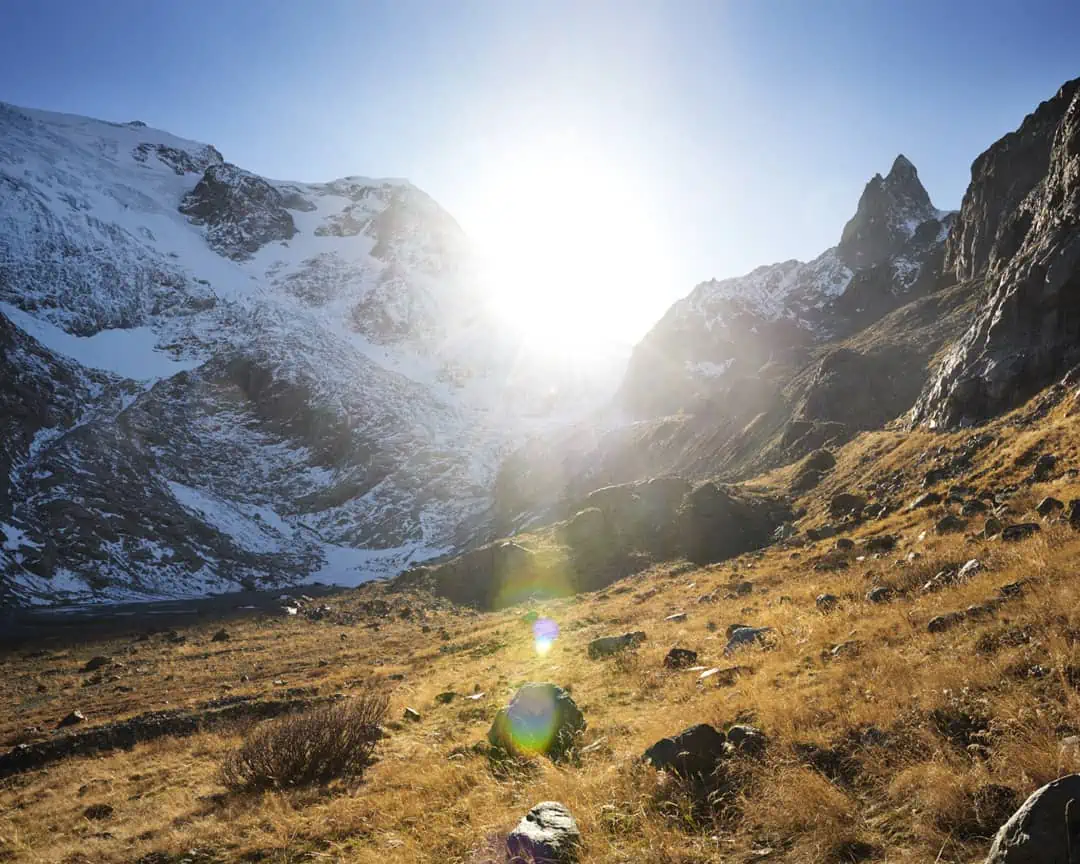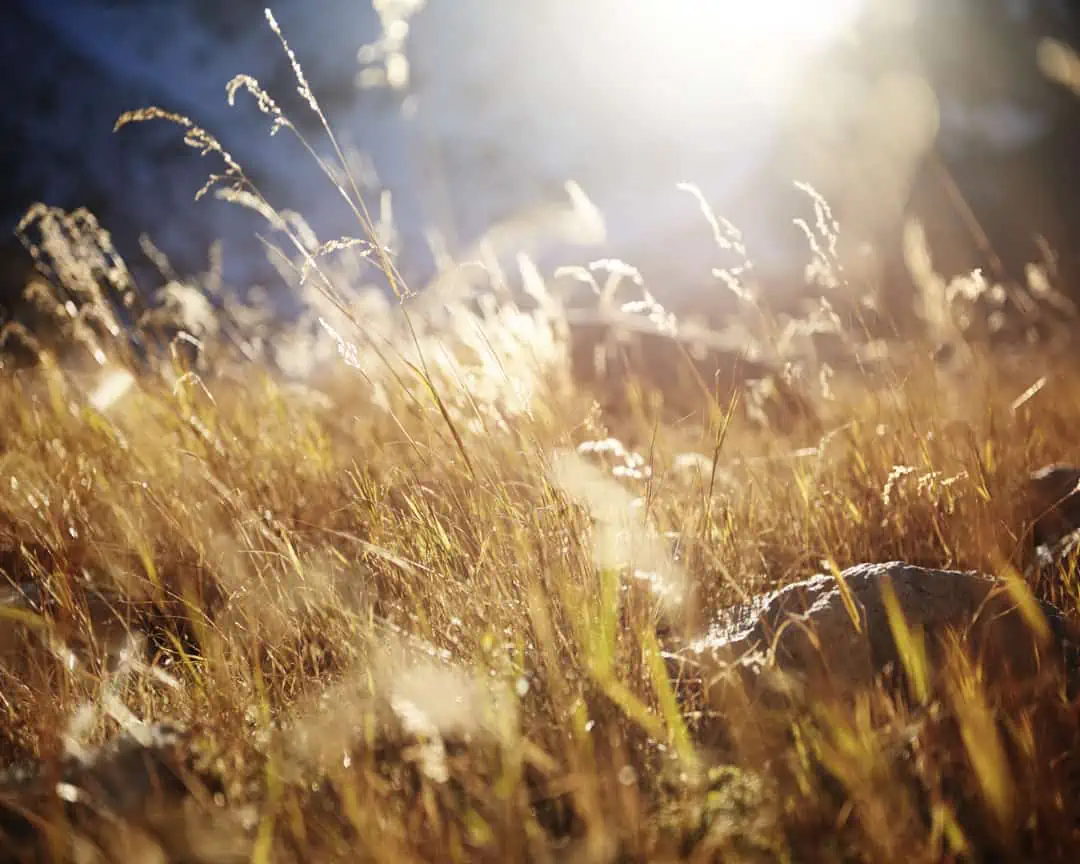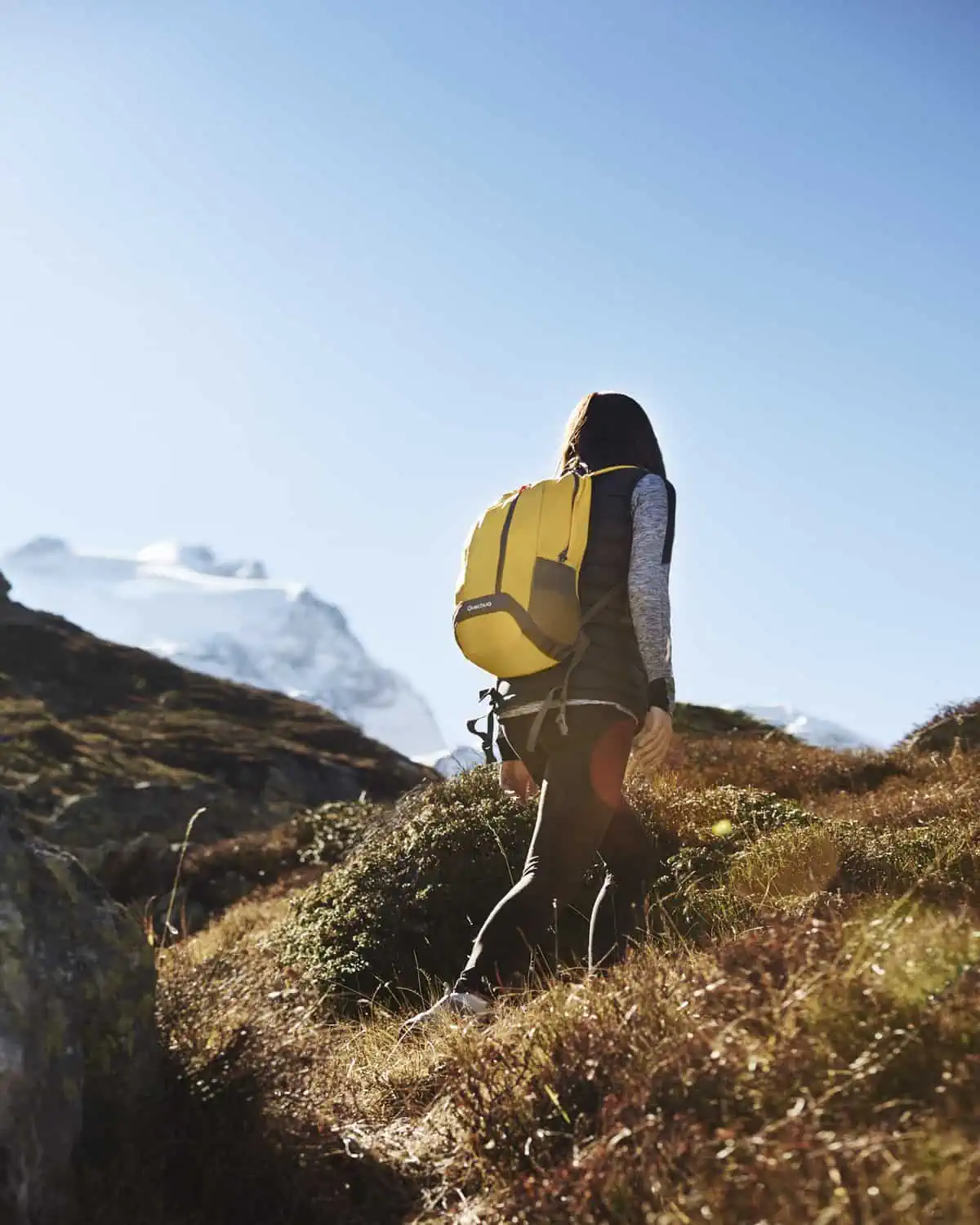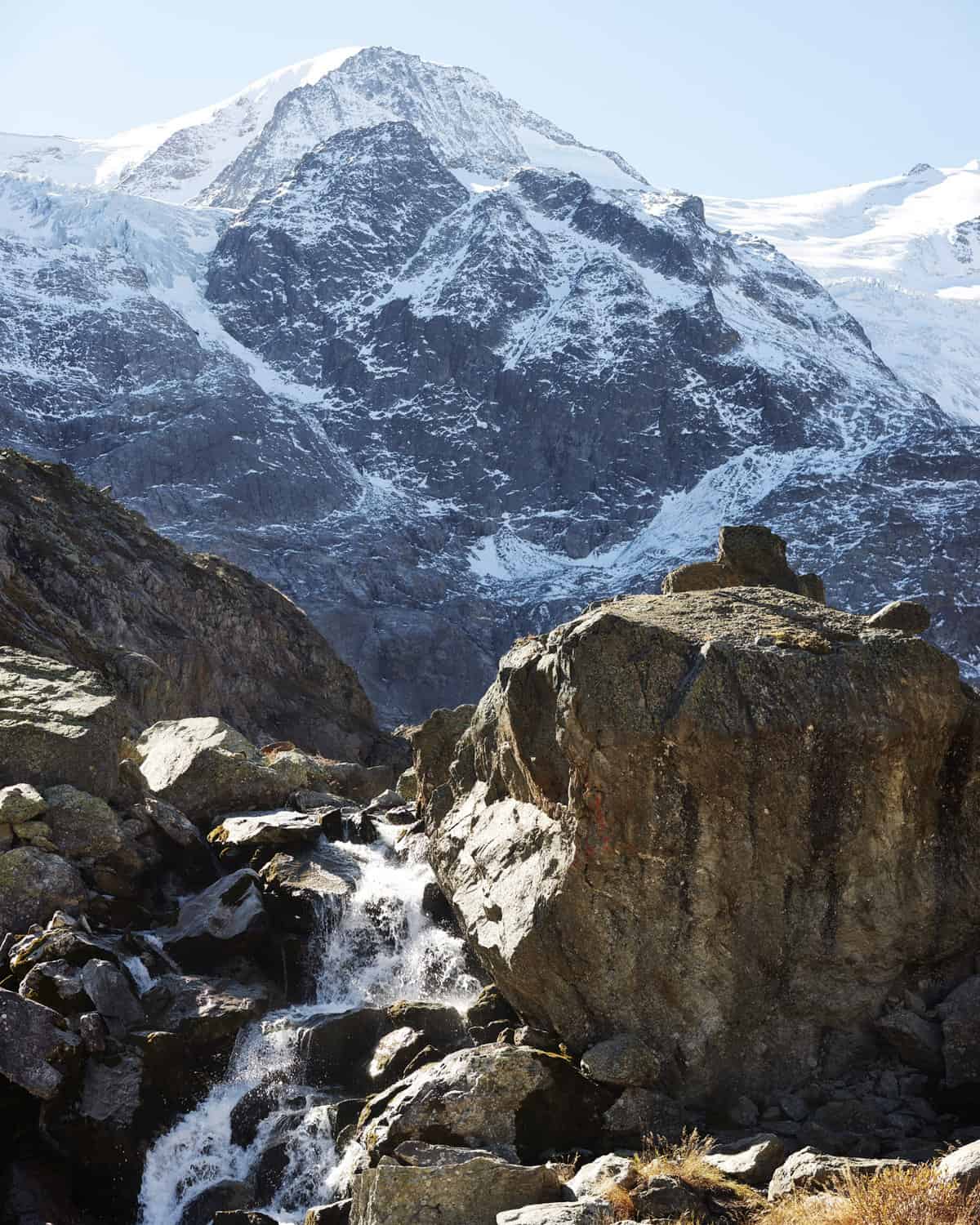As explorers and hikers, we take for granted the skills we have built, both mentally and physically for some of the demanding hiking that we do. Usually, we find ourselves more than OK with this because of the incredible rewards our eyes are granted. However, this is not the case for everybody.
It has been long debated how accessible our mountains, National Parks and areas of natural beauty are. We firmly believe that nature should be accessible for all and whilst there are many options now in terms of transportation within our national parks and other areas of natural beauty, some areas have fallen very far behind, and nearly only accessible on foot. Sometimes routes can often be restricted to main roads, often missing the areas we really want to see. So, what happens when we really want to be in the heart of nature?
When we visited the Bernese Alps in Switzerland we were impressed at the wealth of abundant options offered. The extensive network of cable cars and trains provided a great network for accessibility into the mountains. However, these options, even with a pass, are extremely costly, and not always feasible. Which is why we were so excited to find the Steingletscher, near the summit of the Susten Pass in the Canton of Bern.
What we loved about the Steingletscher area was its accessibility to anyone. Sure, there are many advanced hiking routes in the area which are both breathtaking and incredible in their own right, but the Steingletscher is also accessible by road. With an extremely gentle, well-groomed and wide trail taking in the area, it’s even possible to drive up to the end of the trail by car for the cost of 5 Swiss Francs. With plentiful pull in spots on the side of the road, this could give you the option to do many much shorter strolls in the area, taking in specific areas of interest. In terms of hiking, you can make it as long or as short as you want it to be, with easy options for return. Within a short time on the trail, you’ll get extremely close to the mouth of the 5km long glacier before it ascends gently to an incredible viewpoint. You’ll see high moorlands, alpine meadows and massive mountains all around which form an incredible contrast and interest.
If you’re just getting into hiking, adventures and journeys, Switzerland is an amazing place to increase your experience due to its great accessibility options, but Steingletscher really gives you so much nature for your buck. It really gives you a great further introduction into what hiking has to offer to hopefully spur you further into other adventures.
We spent a lot of time exploring and hiking in this area – it had everything for us; high snow-capped mountains to summit, lush nature and flowing glacial streams, but it was its incredible accessibility that got us – there really was something for all ages, experience and ability levels. We felt like it really was a place where jaw dropping nature was available to all.
How to get there:
Drive or take public transport from Meiringen or Luzern/Erstfeld/Wassen to Steingletscher on the Susten Pass – an incredible experience in its own right.
Refreshments:
There is a hotel/café serving food – near the car park just off the Susten Pass
We visited in late October with incredible weather. We would recommend, as Steingletscher is in the high alps that weather conditions are changeable and whereas it might be warm in the valleys, it can be a very different story in the mountains. Please check local weather conditions before travel and if the access road is open.
Recommended time to visit:
Late May – Early November
Trails:
There are a huge variety of hikes, walks and easy strolls (some of which are even accessible with push chairs, wheelchairs etc to be found in the area. There are many trail markers in the area, which are all very easy to follow and the trails are incredibly well maintained. You can take a great circuit down to the glacier, towards the mouth and then raising a few hundred metres in elevation to the mountainous landscape. There are then many trails you can take into the mountains and into the huts, making for a more rugged experience.
Our top photography tips:
The best light in the area is earlier in the day, until around 3pm. After this time, the light creeps behind the mountains putting it into shade, The best photography opportunities, in our opinion come about 2km down the access road where the mountains creep up and the waterfalls cascade into the river.




